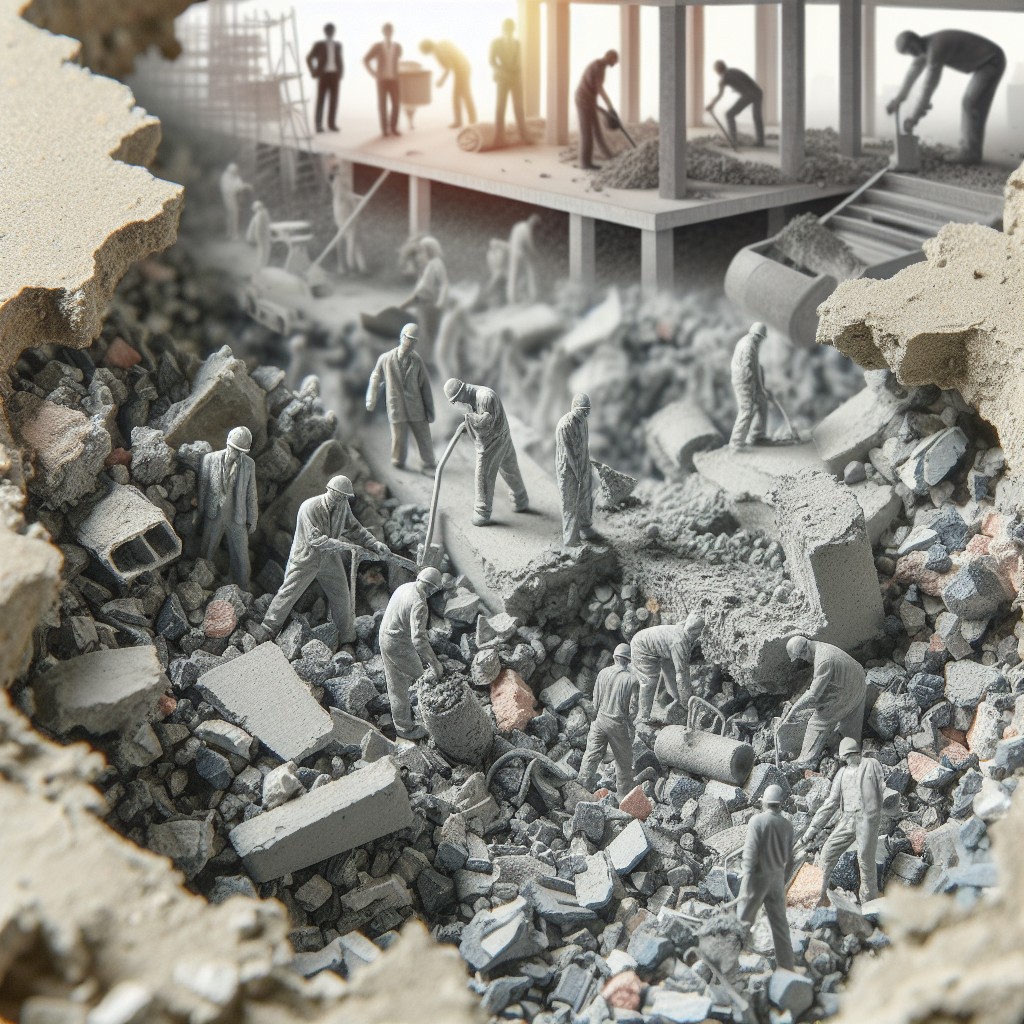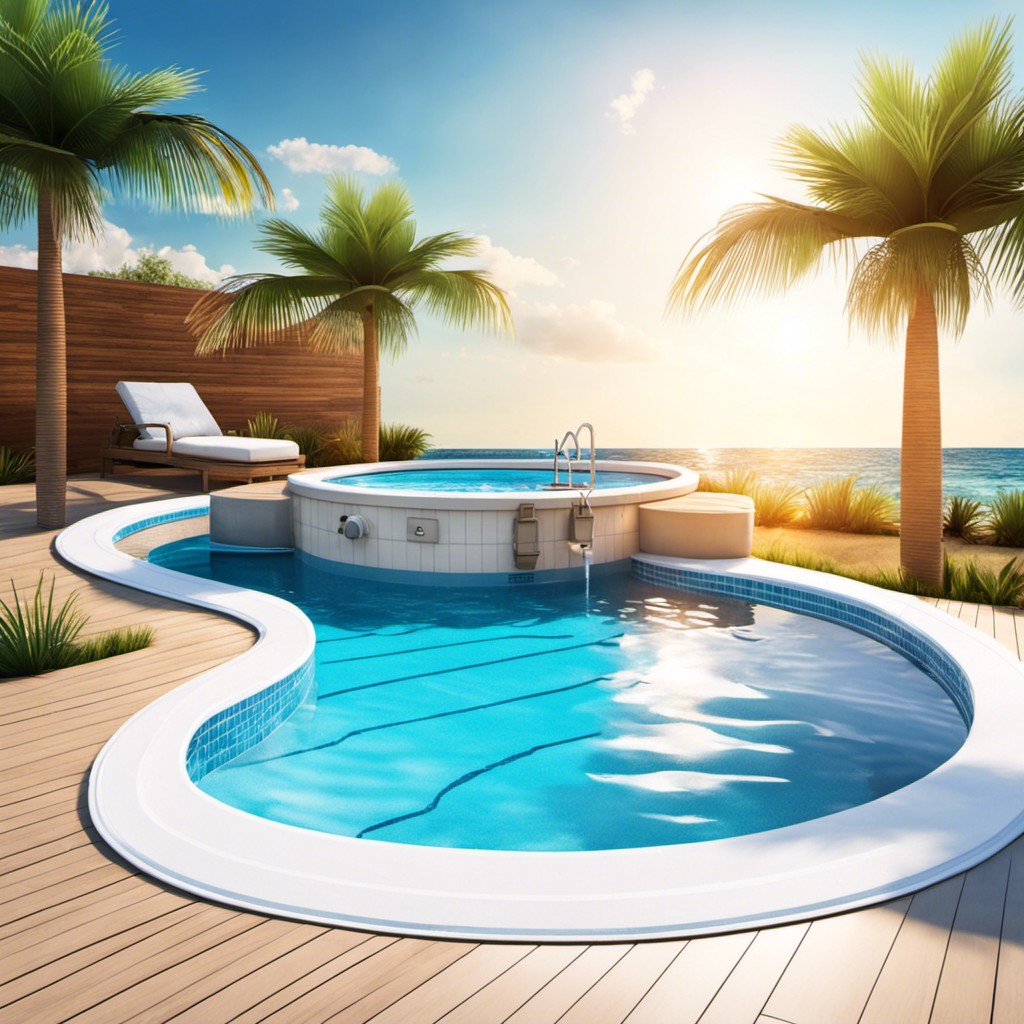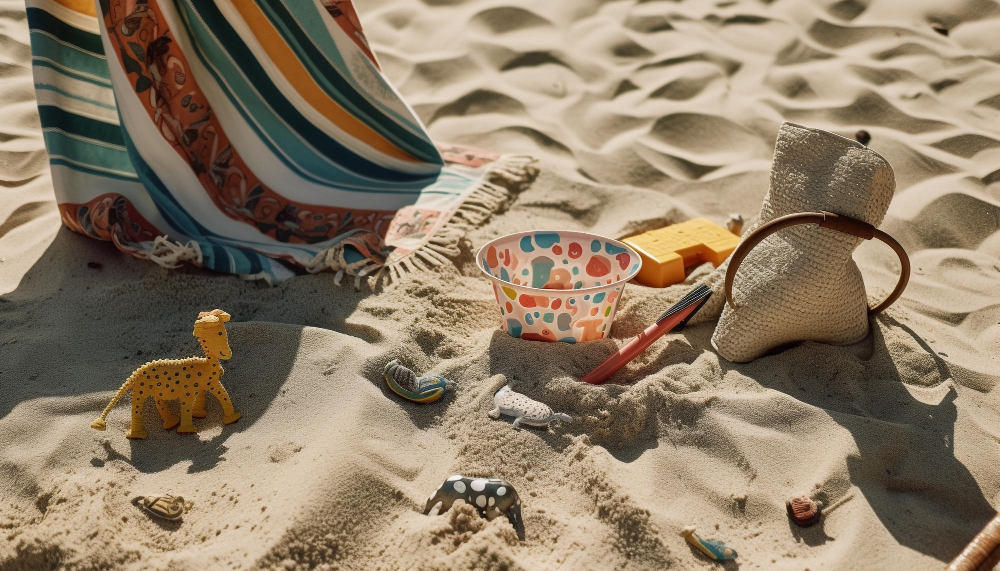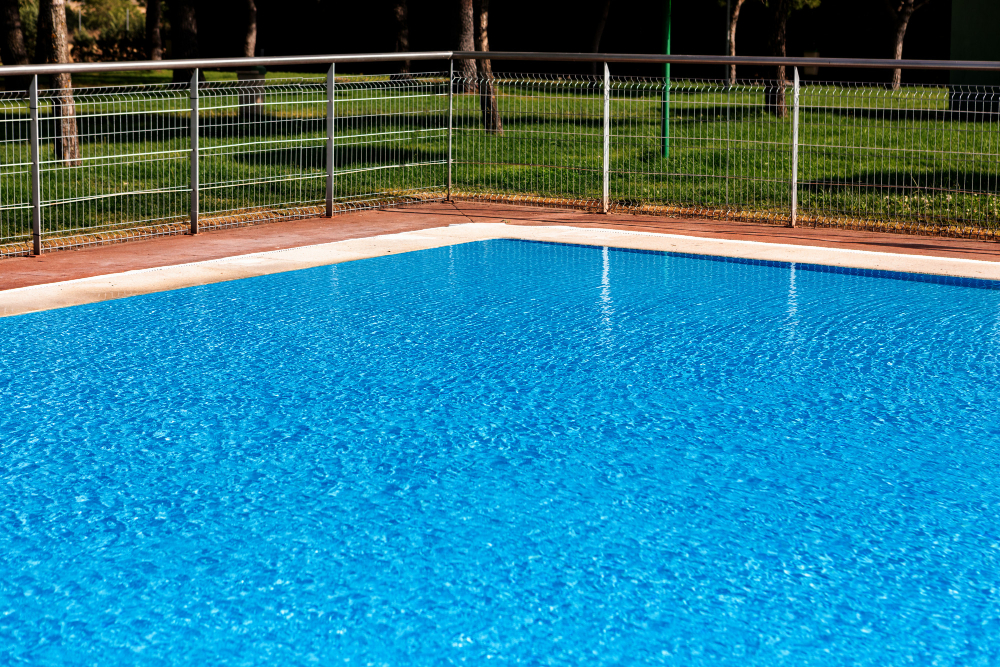Last updated on
Discover various alternatives to sand for creating a stable and comfortable base under your pool, ensuring an enjoyable swimming experience while minimizing maintenance.
Summer is here, and what better way to beat the heat than taking a dip in your backyard pool? But before you can start enjoying your pool, you need to make sure it’s properly installed and maintained. One of the essential components of a well-built pool is the foundation.
Traditionally, sand has been used as a base for pools, but did you know that there are alternative options available? In this article, we’ll explore some of the alternatives to sand under pools that can save you money while still providing excellent support for your pool. So whether you’re building a new pool or looking for ways to upgrade an existing one, keep reading to find out more!
Is It Necessary to Put Sand Under a Pool?
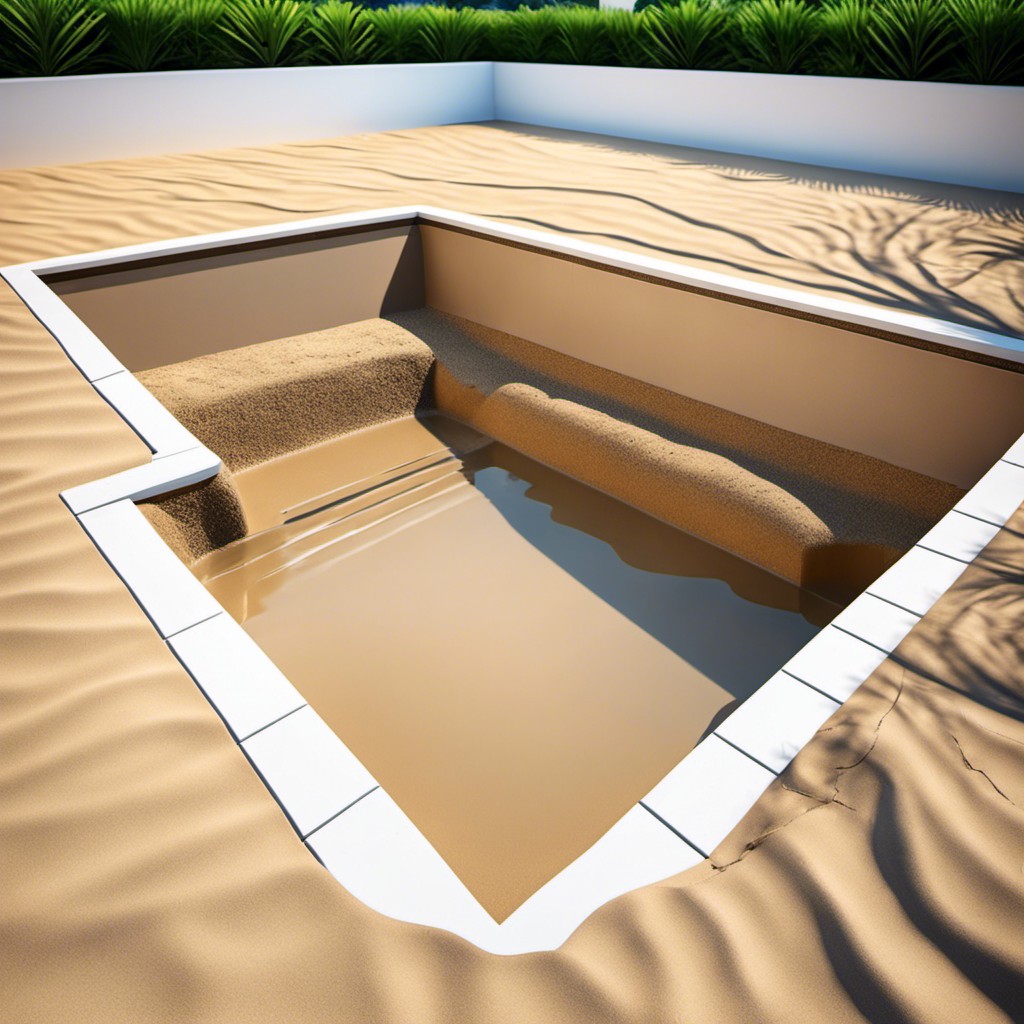
When it comes to installing a pool, one of the most common questions is whether or not sand is necessary. The answer depends on several factors, including the type of pool you have and your personal preferences.
For above-ground pools, sand has traditionally been used as a base because it provides excellent support and helps prevent punctures in the liner. Sand also allows for easy leveling of the ground beneath your pool.
However, some people prefer alternatives to sand under their above-ground pools due to concerns about maintenance or environmental impact. In contrast, inground pools typically require more substantial foundations such as concrete slabs or crushed stone.
Ultimately whether you need sand under your pool will depend on various factors like soil type and drainage conditions in your area.
What Is The Best Thing To Put Under A Pool?
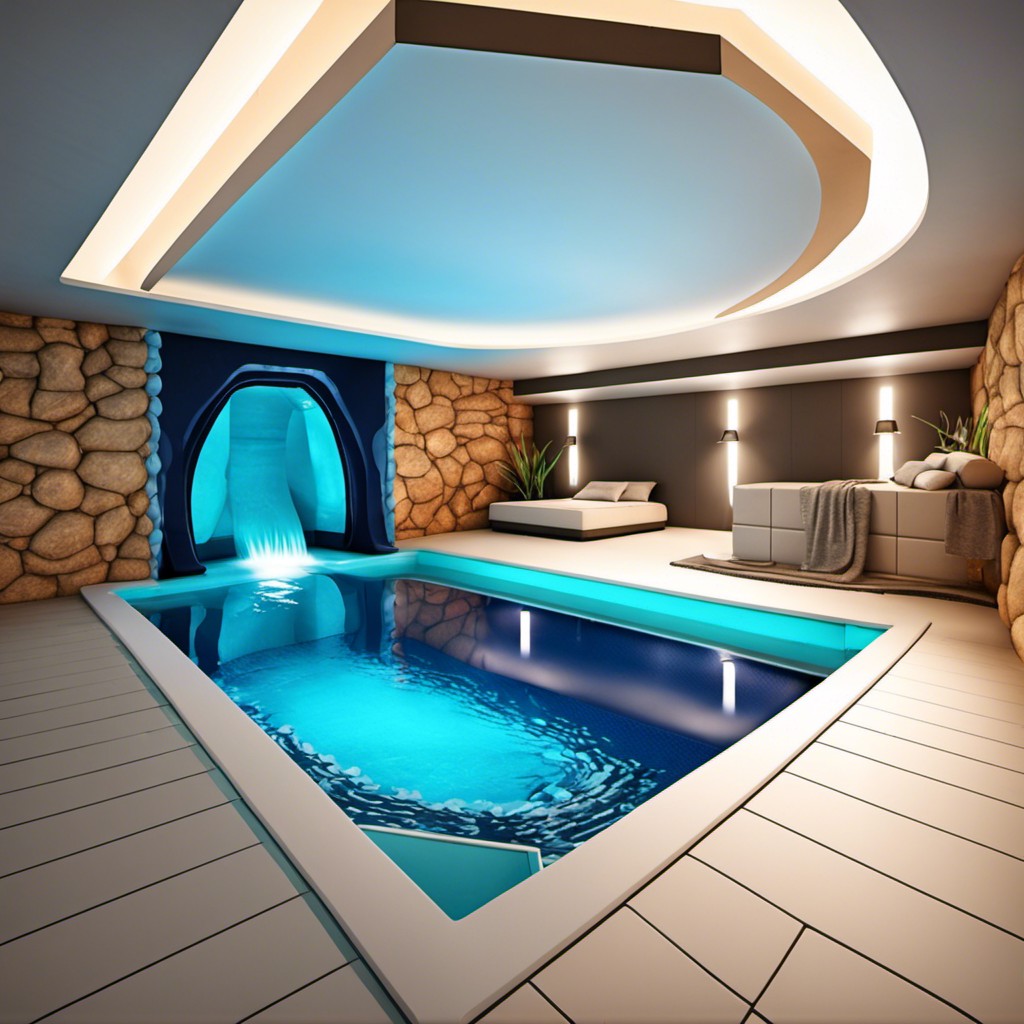
Sand has been used for years as a base material because of its affordability and ease of installation. However, sand can shift over time and cause unevenness in your pool’s foundation.
This can lead to costly repairs down the line.
One alternative option is crushed stone or gravel, which provides excellent drainage while also being stable enough to support your pool’s weight. Another popular choice is concrete slabs or pads that offer durability and longevity but require professional installation.
For those looking for more DIY-friendly options, interlocking foam tiles or EVA foam tiles provide cushioning while still maintaining stability underfoot. Rubber pavers are another great option that offers slip-resistance and shock absorption.
Reasons to Have Sand or a Pool Liner Pad
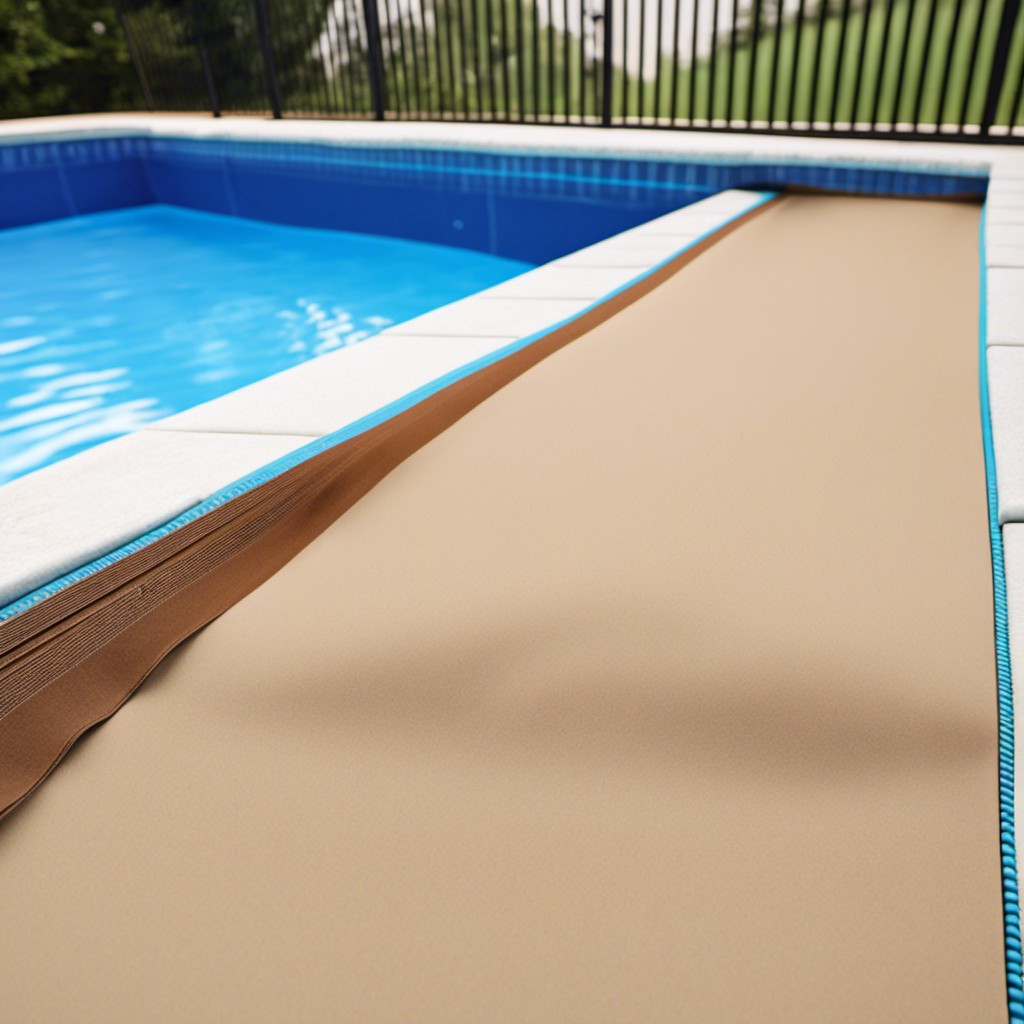
It’s affordable, easy to install, and provides a stable base that can support your pool’s weight. However, sand is not without its drawbacks.
Over time it can shift and settle unevenly causing an unlevel surface which could lead to structural damage or liner failure.
A Pool Liner Pad is another option that you may want to consider as an alternative to sand under your pool. A Pool Liner Pad acts as a cushion between the ground underneath and the vinyl liner of your above-ground swimming pool preventing punctures from rocks or roots while providing extra padding for swimmers’ feet.
Having either Sand or a Pool Liner Pad installed under your swimming pool will help protect against wear-and-tear on both the bottom of the liner and on any metal parts like screws holding together walls in above-ground pools by reducing friction caused by movement over rough surfaces such as concrete slabs.
Crushed Stone

It’s made from natural rock that has been crushed into small, irregular pieces. Crushed stone provides excellent drainage and can help prevent erosion around the pool area.
One of the benefits of using crushed stone is its durability. Unlike sand, which can shift and settle over time, crushed stone stays in place and maintains its shape even with heavy use.
Another advantage of using crushed stone as a base material is that it’s readily available at most home improvement stores or landscaping suppliers. This makes it an affordable option for those on a budget.
When installing your pool on top of crushed stones, make sure to level the surface properly before laying down any liner or padding materials. Also ensure you have enough depth (at least 4 inches) to provide adequate support for your pool structure.
Pea Gravel
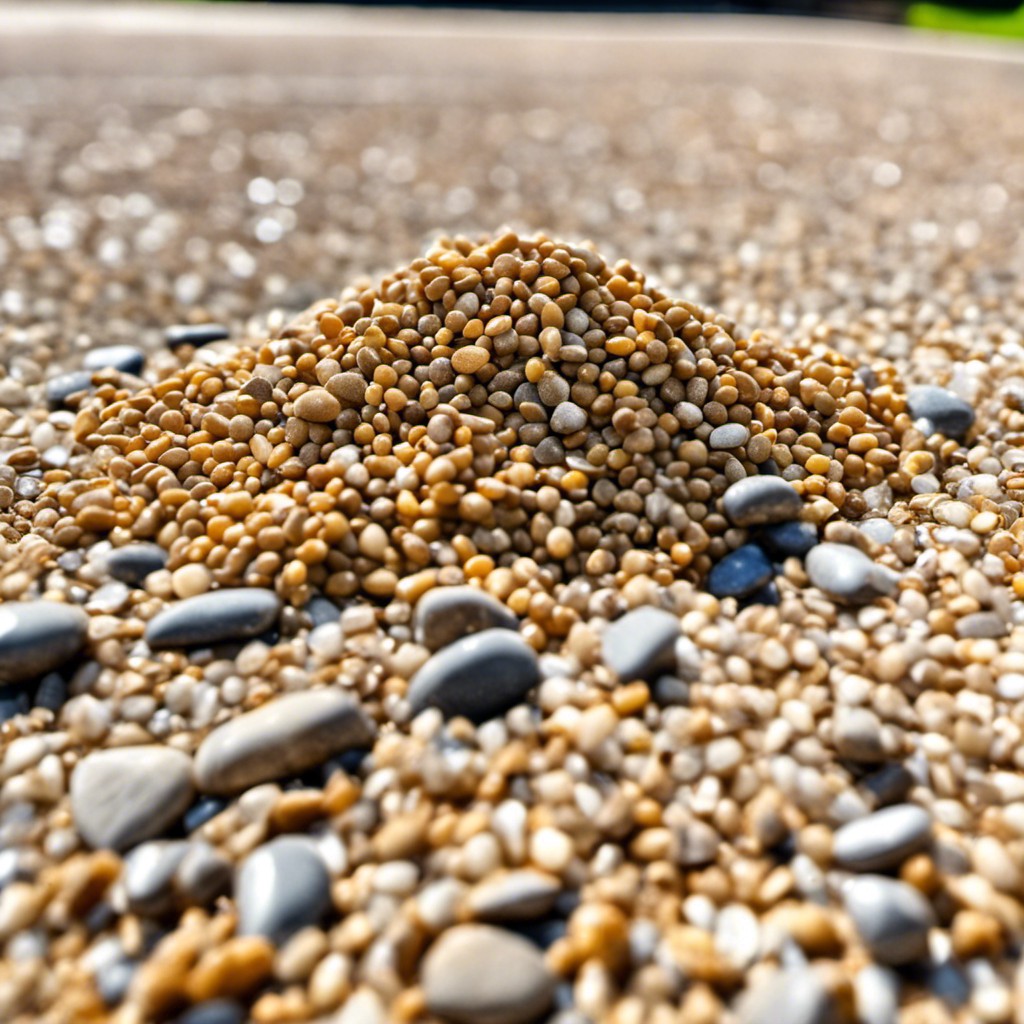
It’s a type of small, rounded stone that comes in various sizes and colors. Pea gravel provides excellent drainage and can help prevent water from pooling under your pool, which can cause damage over time.
To use pea gravel as a base for your pool, you’ll need to first excavate the area where the pool will be installed. Then you’ll need to add a layer of landscape fabric or geotextile material on top of the soil before adding the pea gravel.
One advantage of using pea gravel is that it’s relatively inexpensive compared to other options like concrete or pavers. Plus, it doesn’t require any special equipment or skills to install.
However, one potential downside is that because pea gravel isn’t compacted like sand or crushed stone would be when used as a base material; there may be some shifting over time if not properly maintained by adding more stones periodically.
Concrete Slab or Pad
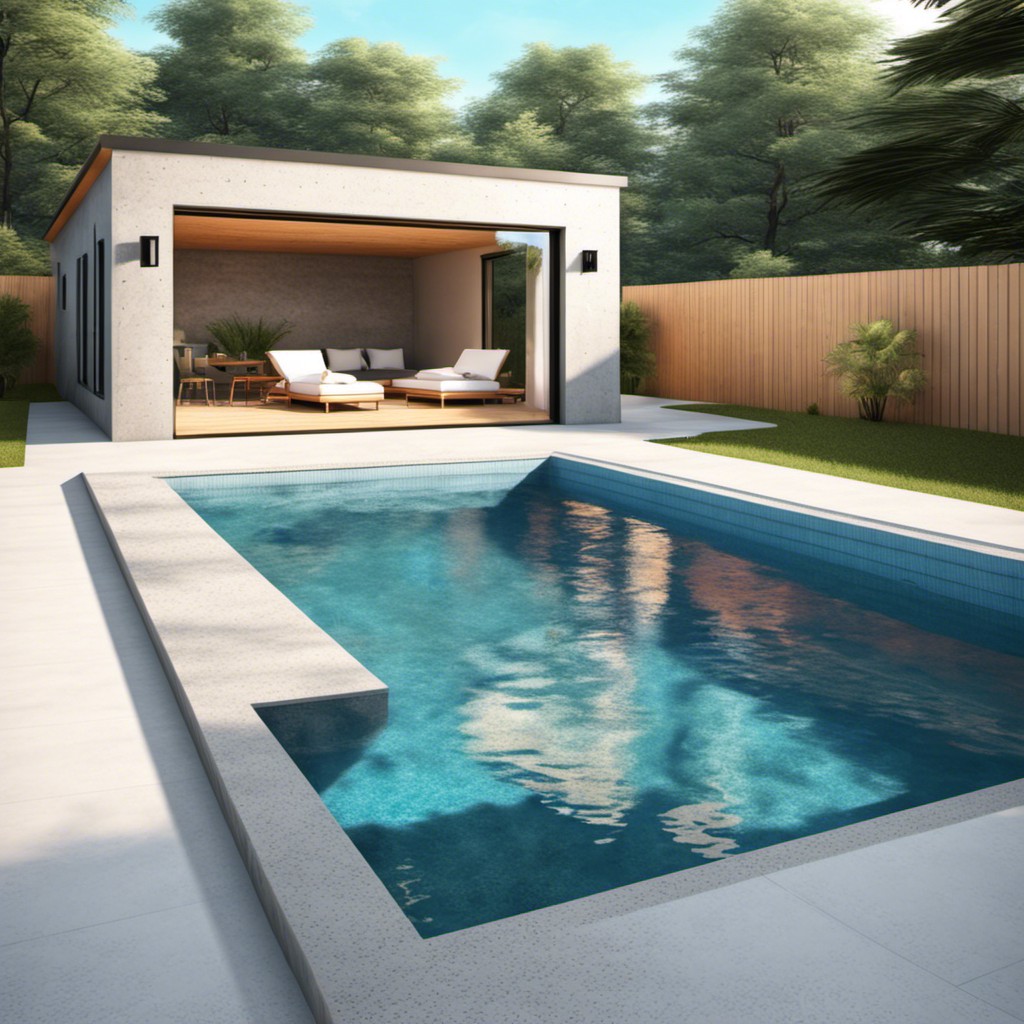
This option provides excellent stability and durability, making it an ideal choice for in-ground pools. A concrete slab can also help prevent erosion and shifting of the ground underneath your pool, which can cause damage over time.
However, installing a concrete slab requires more work than simply pouring sand into place. You’ll need to excavate the area where you want to install your pool and then pour the concrete into place.
This process may require professional assistance if you’re not experienced with working with cement.
While this option may be more expensive upfront than using sand as a base for your pool, it’s worth considering if you plan on keeping your pool for many years to come. A well-built foundation will ensure that your investment lasts longer while minimizing maintenance costs down the line.
There are several alternatives available when it comes to creating a stable base under your swimming pool without using traditional sand methods.
Paver Stones
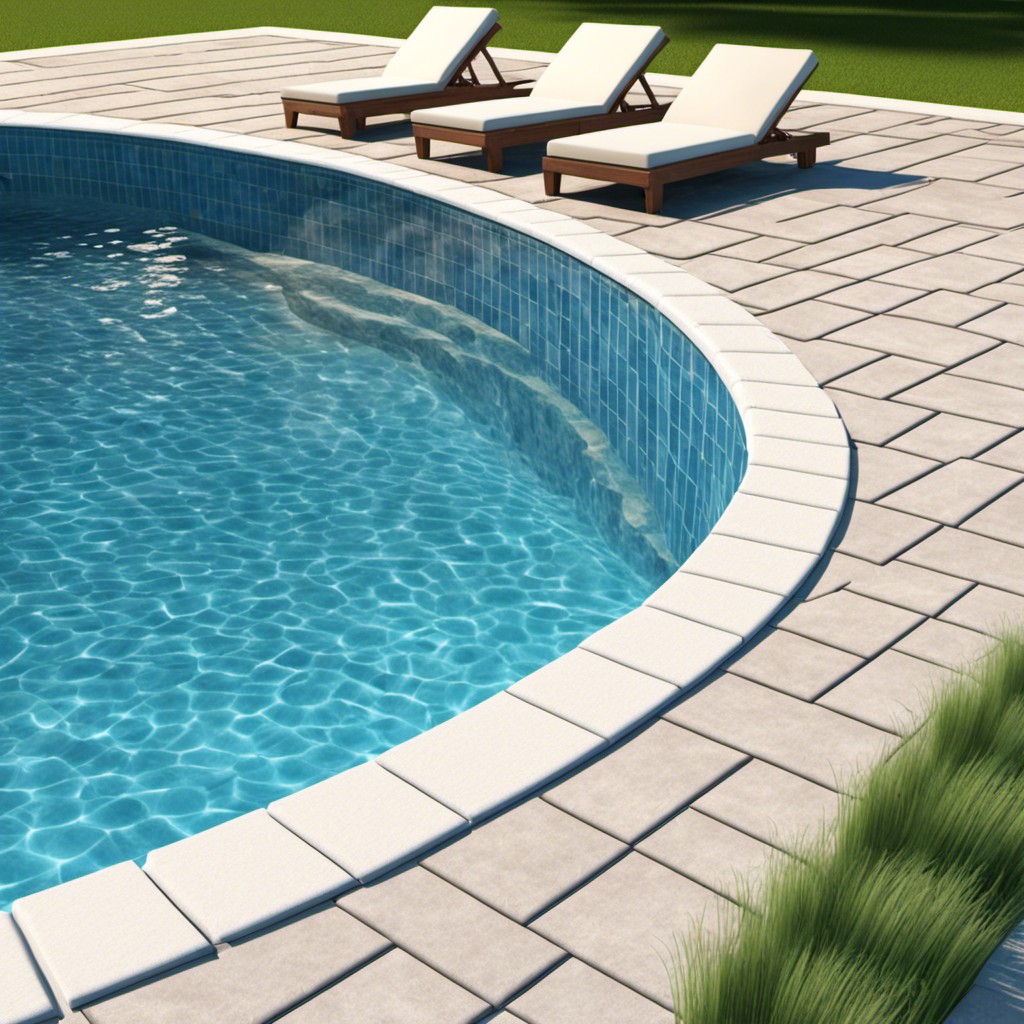
They provide excellent support and stability, making them an ideal choice for above-ground pools. Pavers come in various shapes, sizes, and colors that can complement your pool’s design while providing a durable base.
One of the significant advantages of using paver stones is their ability to withstand heavy loads without sinking or shifting over time. This makes them perfect for areas with high foot traffic or where heavy equipment may be used during installation.
Another benefit of pavers is their ease of installation compared to other alternatives like concrete slabs or foam tiles. You can lay them directly on top of the ground after leveling it out and compacting it down with a plate compactor.
However, keep in mind that installing pavers requires some skill and experience as they need proper spacing between each stone to ensure adequate drainage around your pool area. It’s also essential to use high-quality materials when building your foundation so that you don’t have any issues down the line.
Interlocking Foam Tiles

These tiles are made of high-density foam and come in various thicknesses, sizes, and colors. They provide excellent cushioning for your pool while also protecting the surface underneath from damage caused by heavy foot traffic or sharp objects.
One of the benefits of interlocking foam tiles is that they’re easy to install and remove. You can simply lay them down on any flat surface without needing any special tools or adhesives.
Plus, if you ever need to move your pool or replace the tiles, it’s a straightforward process.
Another advantage is that these tiles offer superior insulation compared to other materials like sand or concrete slabs/pads. This means that they can help keep your pool water warmer for longer periods during cooler weather conditions.
However, one thing you should keep in mind when using interlocking foam tiles as an alternative base for your pool is their durability over time. While they’re designed to withstand regular use and exposure to sunlight/water/moisture/chemicals used in swimming pools maintenance products; prolonged exposure may cause some wear-and-tear which could lead them becoming less effective at providing support over time.
EVA Foam Tiles
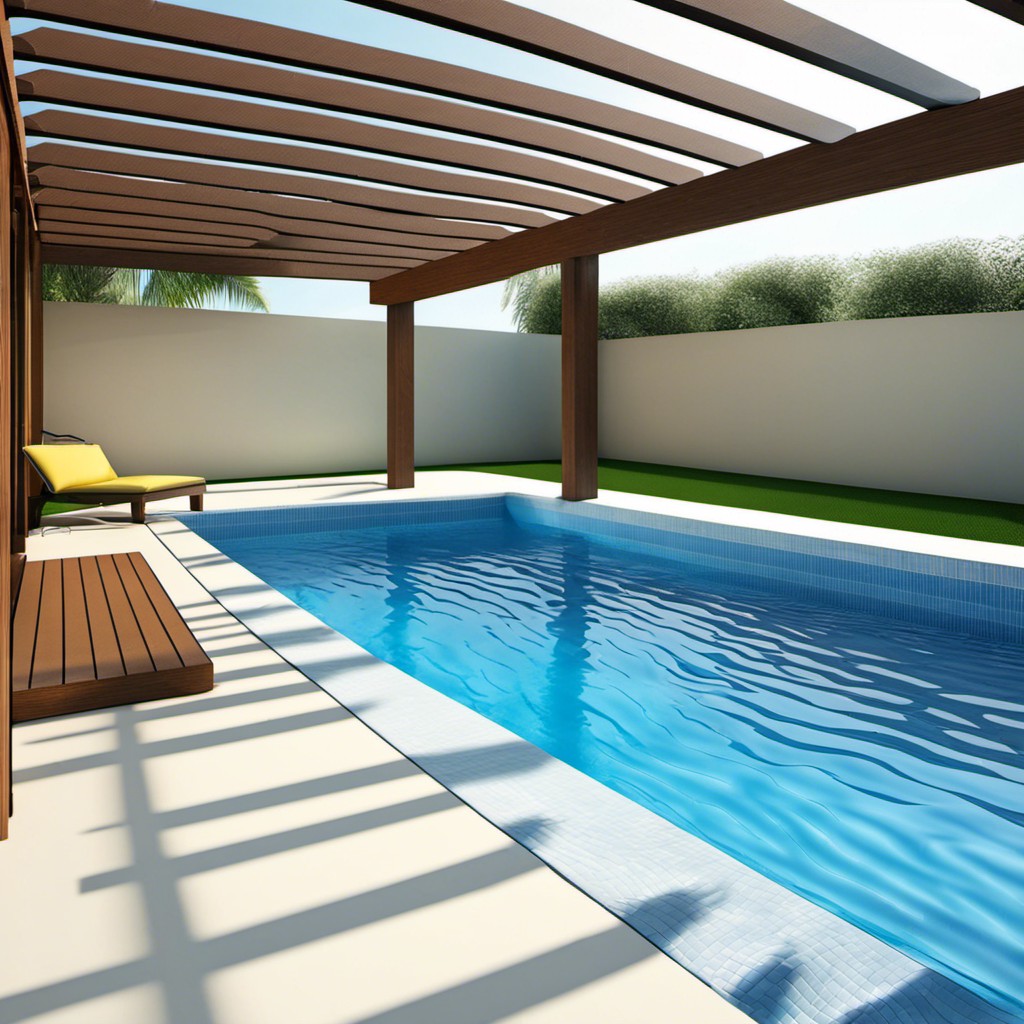
These interlocking tiles are made from ethylene-vinyl acetate, which is a durable and lightweight material that provides excellent cushioning and support for your pool. EVA foam tiles come in various thicknesses, sizes, and colors to suit different pool shapes and designs.
One of the significant advantages of using EVA foam tiles as an underlayment for your pool is their ease of installation. You can easily lay them on any flat surface without the need for professional help or specialized tools.
They offer superior protection against punctures caused by sharp objects such as rocks or roots that may be present beneath the ground.
Another benefit of using EVA foam tiles is their ability to provide insulation against heat loss through the bottom of your pool while also reducing noise levels during use.
Rubber Pavers
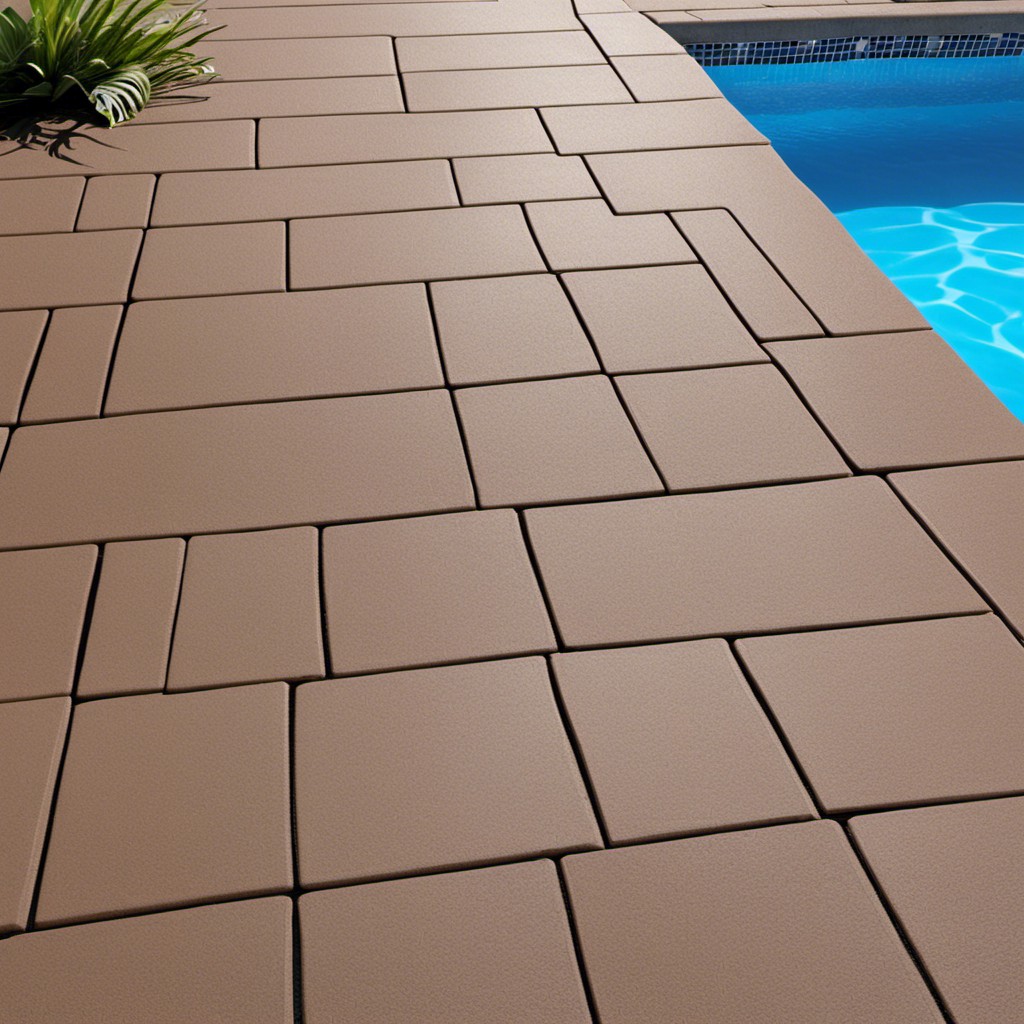
They provide a stable and level surface that can withstand heavy foot traffic, making them ideal for use around pools. Rubber pavers come in various sizes and colors, allowing you to create unique designs that complement your outdoor space’s overall aesthetic.
One of the significant advantages of using rubber pavers is their durability. Made from recycled materials, they are resistant to weathering and UV rays, ensuring they last longer than traditional paving materials like concrete or asphalt.
Rubber pavers also offer excellent slip resistance due to their textured surface. This feature makes them perfect for areas around the pool where water may accumulate on the ground’s surface.
Another benefit of using rubber pavers is their ease of installation. Unlike other alternatives like crushed stone or pea gravel which require extensive preparation work before installation; rubber tiles can be laid directly onto any flat surface without much hassle.
Gorilla Pads

They are made of durable, high-density foam that provides excellent support and cushioning for your pool. Gorilla Pads come in various sizes and thicknesses, making them suitable for different types of pools.
One significant advantage of using Gorilla Pads is that they protect the bottom of your pool from damage caused by rocks or other sharp objects on the ground. This protection helps extend the life span of your pool liner while also reducing maintenance costs.
Another benefit is their ease-of-use during installation; you can quickly lay down these pads without any special tools or equipment required. If you ever need to move or relocate your above-ground swimming pool, it’s easy to remove and reuse these pads elsewhere.
Foam Pool Base

This option provides excellent cushioning and support for your pool while also being easy to install. Foam bases are made from closed-cell foam, which means they won’t absorb water or break down over time like other materials might.
One of the benefits of using a foam base is that it can help protect your liner from punctures and tears caused by rocks or other sharp objects in the ground. It also helps prevent uneven settling, which can lead to an unlevel surface for your pool.
Foam bases come in pre-cut sections that fit together like puzzle pieces, making installation quick and straightforward. They’re lightweight and easy to move around if you need to adjust them during installation.
Using a foam base under your pool is an affordable way to create a stable foundation without having to use traditional materials like sand or gravel.
Lawn Protection Pads
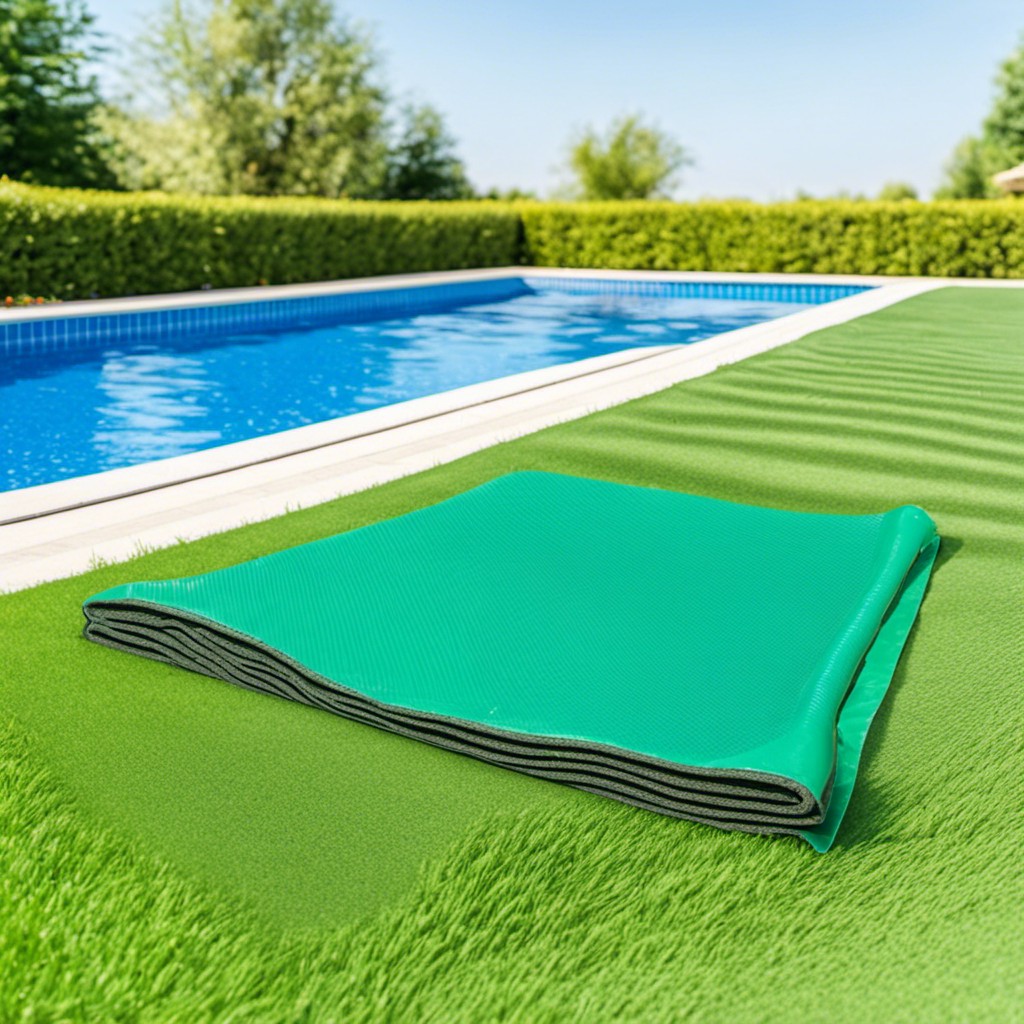
These pads are made of durable materials like polypropylene or PVC, which can withstand the weight of your pool while protecting your lawn from damage caused by chemicals and water.
One significant advantage of using Lawn Protection Pads is that they provide a stable base for your pool without the need for excavation or leveling. You can simply lay them on top of your grass and secure them in place with stakes or clips.
Another benefit is that these pads allow water to drain through easily, preventing puddles from forming around the perimeter of your pool. This feature also helps keep insects at bay since standing water attracts bugs like mosquitoes.
Lawn Protection Pads offer an affordable solution for those who want to protect their lawn while enjoying their backyard oasis.
Leveling an Installed Above Ground Pool
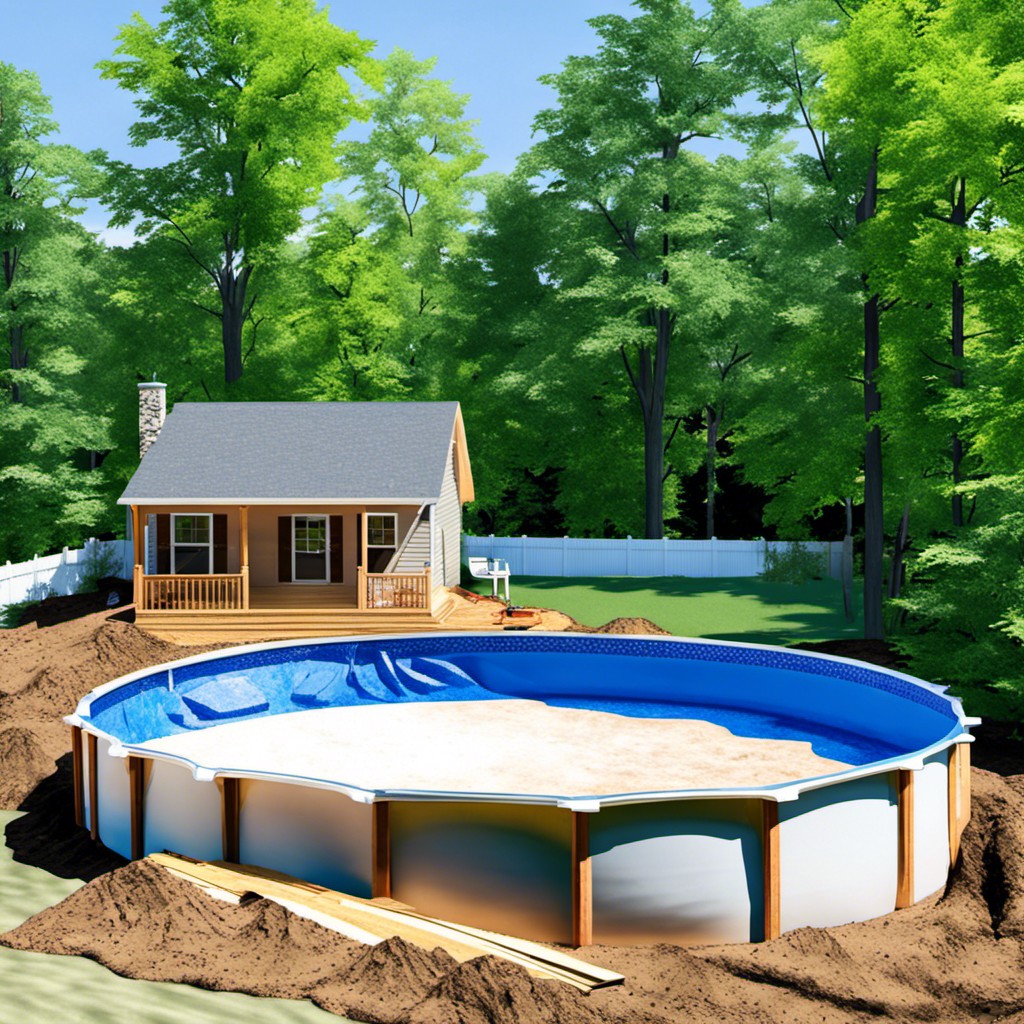
You can still fix the problem without having to drain and disassemble your entire pool. The first step is to identify which areas of the pool are uneven by using a carpenter’s level or a laser level.
Once you’ve identified these areas, use sand or crushed stone to fill in any low spots until they’re even with the high points.
It’s important to note that while this method can work for minor leveling issues, it may not be suitable for more significant problems. If your above-ground pool is severely unlevelled or sinking into soft soil over time due to poor drainage conditions around its base area; then it might require professional help.
Wood Deck
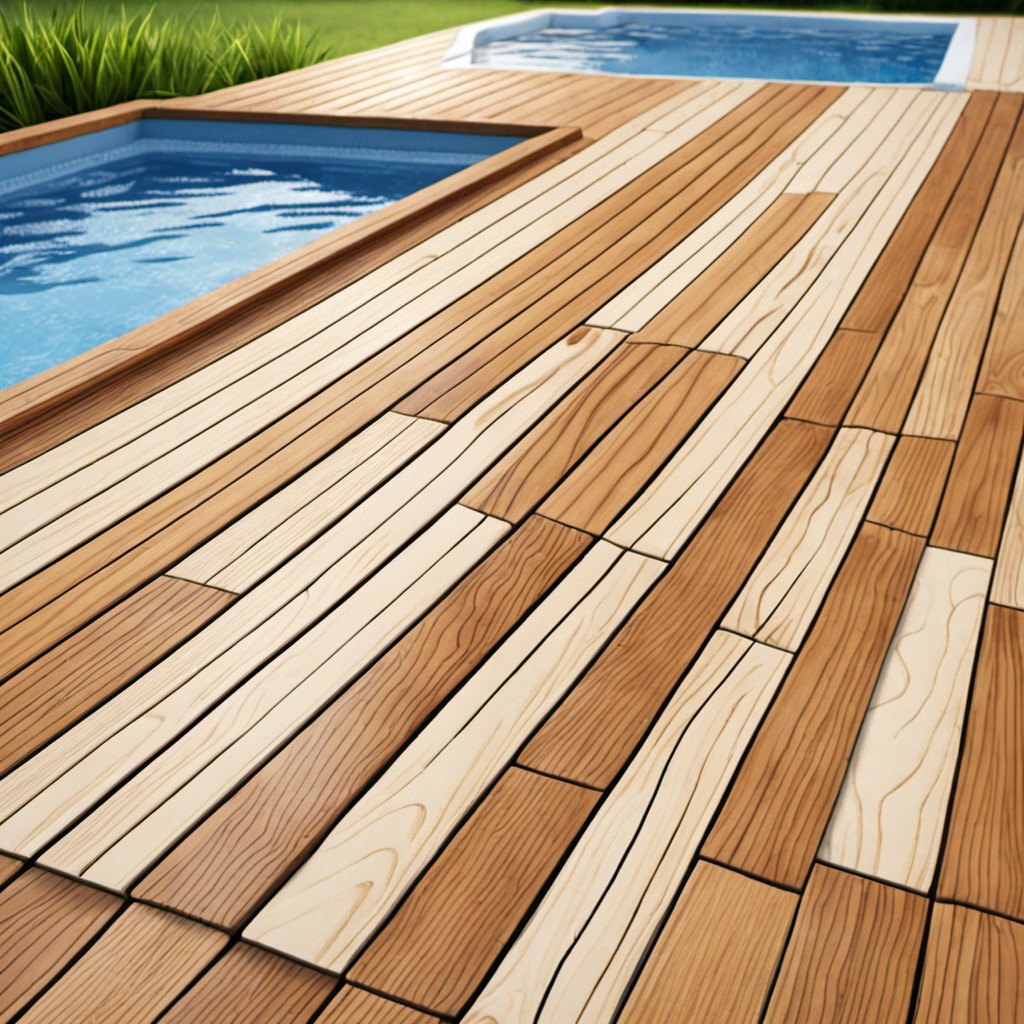
It provides an attractive and stable base for your pool while also adding value to your property. However, it’s important to note that not all types of wood are suitable for this purpose.
You’ll need to choose a durable and rot-resistant type of lumber such as cedar or redwood.
Before installing the deck, make sure the ground is level and free from any debris or sharp objects that could damage the underside of your pool liner. Also, ensure proper drainage by sloping the surface away from your home.
One advantage of using a wooden deck as opposed to sand is that it can be used year-round even when you’re not using your pool. You can add outdoor furniture like lounge chairs or tables on top of it creating an additional space in which you can relax with family and friends.
Cork Flooring
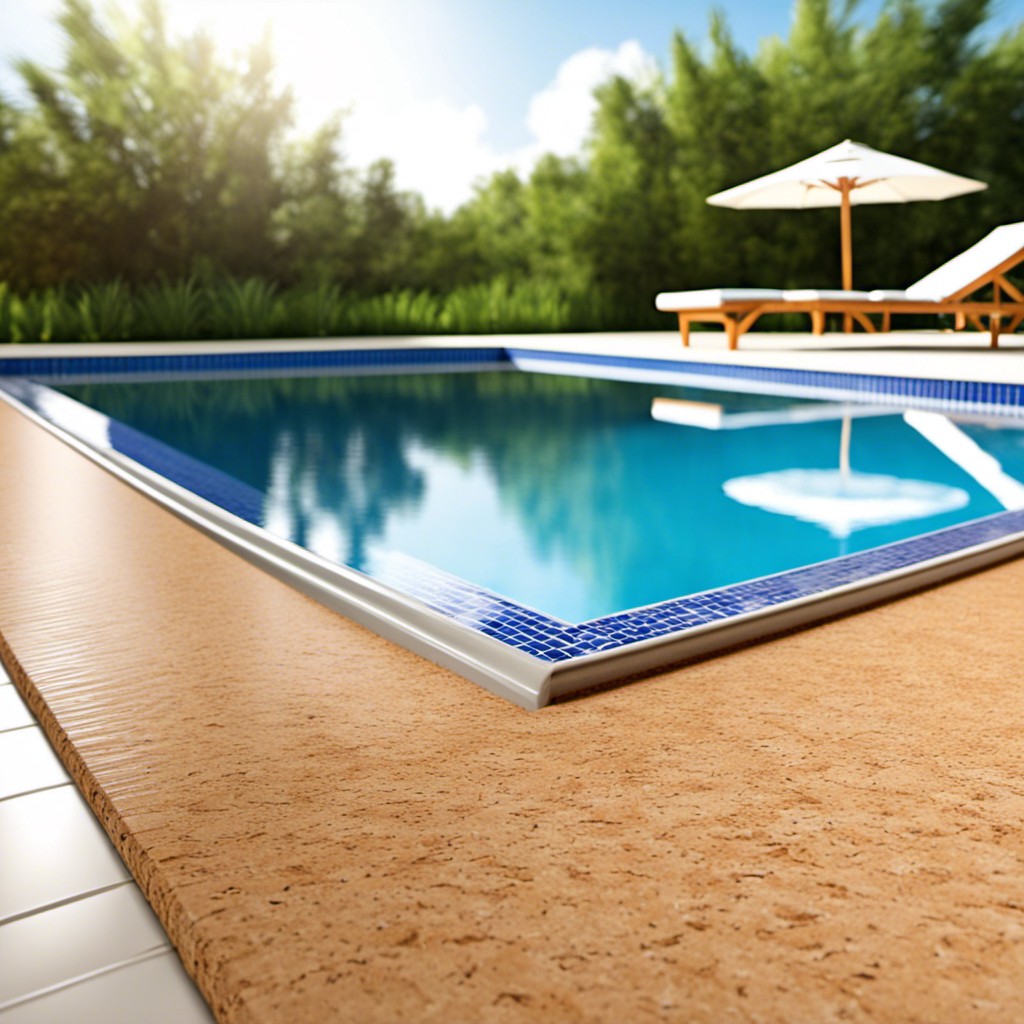
Cork is an eco-friendly and sustainable material that has excellent shock-absorbing properties, making it ideal for use as a base under your pool. It’s also water-resistant, which means it won’t rot or mold over time.
One of the benefits of using cork flooring as a base for your pool is its insulating properties. Cork can help keep the ground underneath your pool cooler in hot weather, reducing evaporation and helping to maintain water temperature.
Another advantage of cork flooring is its durability. It can withstand heavy foot traffic without showing signs of wear and tear, making it an excellent choice if you plan on using your backyard frequently during summer months.
Carpet and Carpet Padding
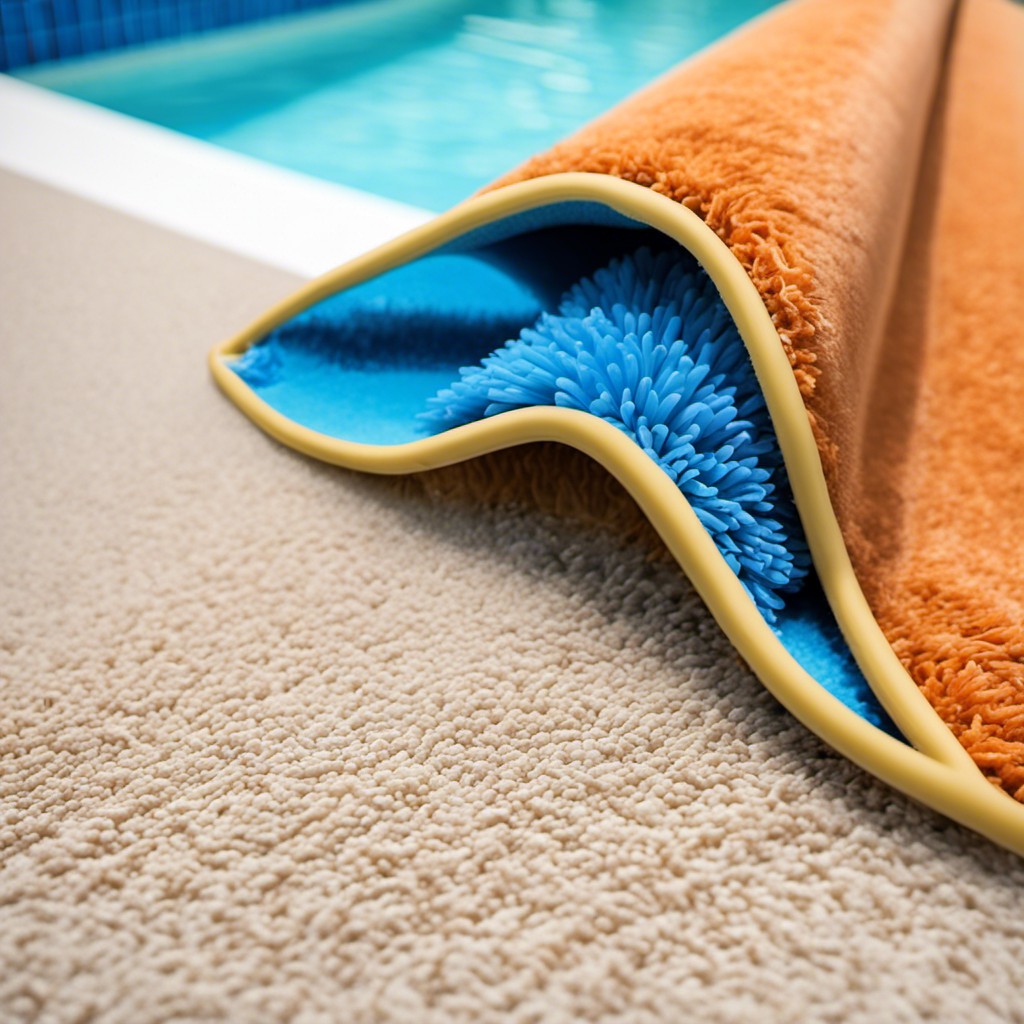
This option is ideal for those who want to create a comfortable surface around their pool area. The softness of the carpet provides cushioning, making it an excellent choice for families with young children or anyone looking for extra comfort while lounging by the pool.
However, before you decide on this option, there are some things you need to consider. First off, make sure that your chosen type of carpet can withstand exposure to water without getting damaged or moldy over time.
Ensure that the padding underneath is thick enough so that it doesn’t compress too much underfoot.
While using carpets as an alternative base material may seem like a good idea at first glance due to its affordability and comfortability factors; however one should keep in mind its maintenance requirements such as regular cleaning from debris accumulation which could lead up-to clogging drainage systems if not taken care of properly.
Recycled Tire Tiles
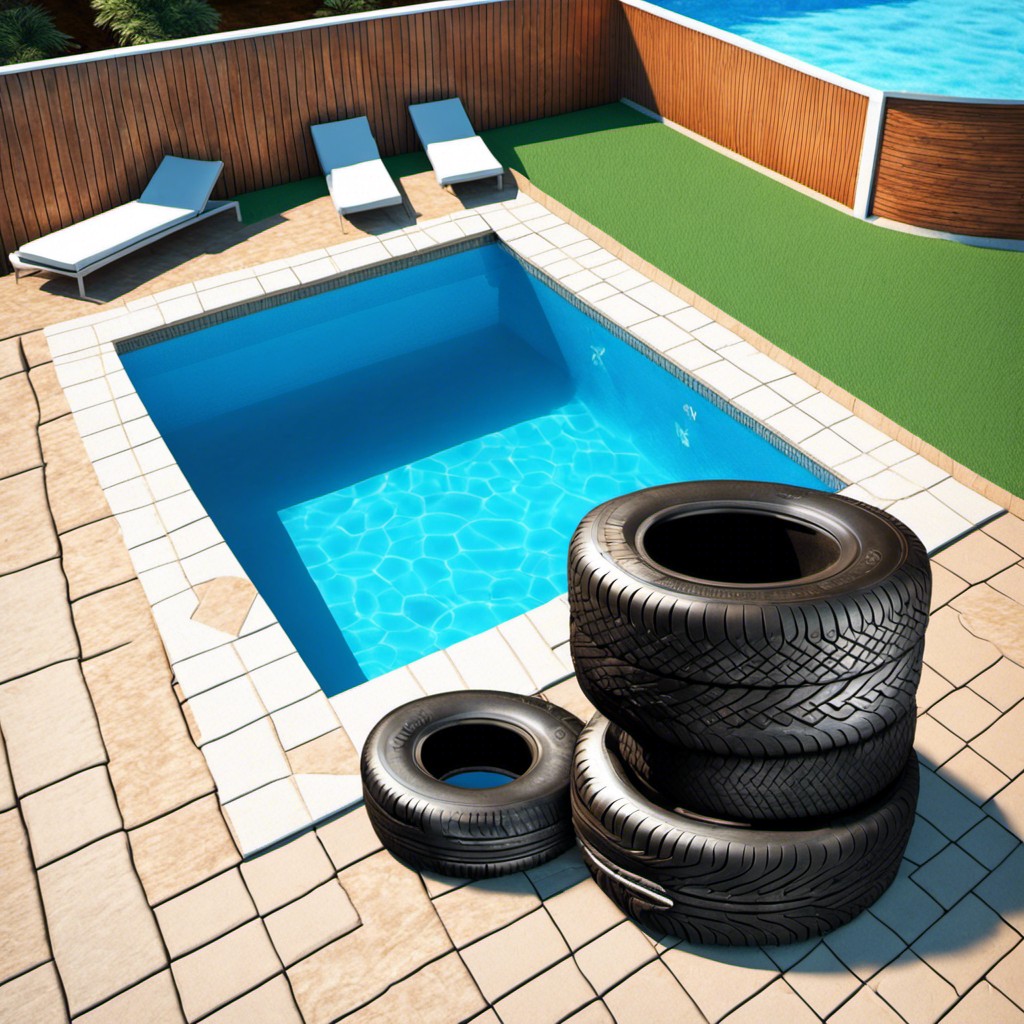
These tiles are made from recycled rubber tires, which makes them durable and long-lasting. They come in various sizes, shapes, and colors that can complement any backyard decor.
One of the significant advantages of using recycled tire tiles is their ability to absorb shock. This feature helps protect your pool’s foundation from damage caused by heavy foot traffic or other external factors such as weather conditions.
Another benefit of using these tiles is their slip-resistant surface that provides excellent traction for swimmers while entering or exiting the pool area. They require minimal maintenance compared to traditional sand bases since they do not need regular replacement or leveling.
Artificial Turf
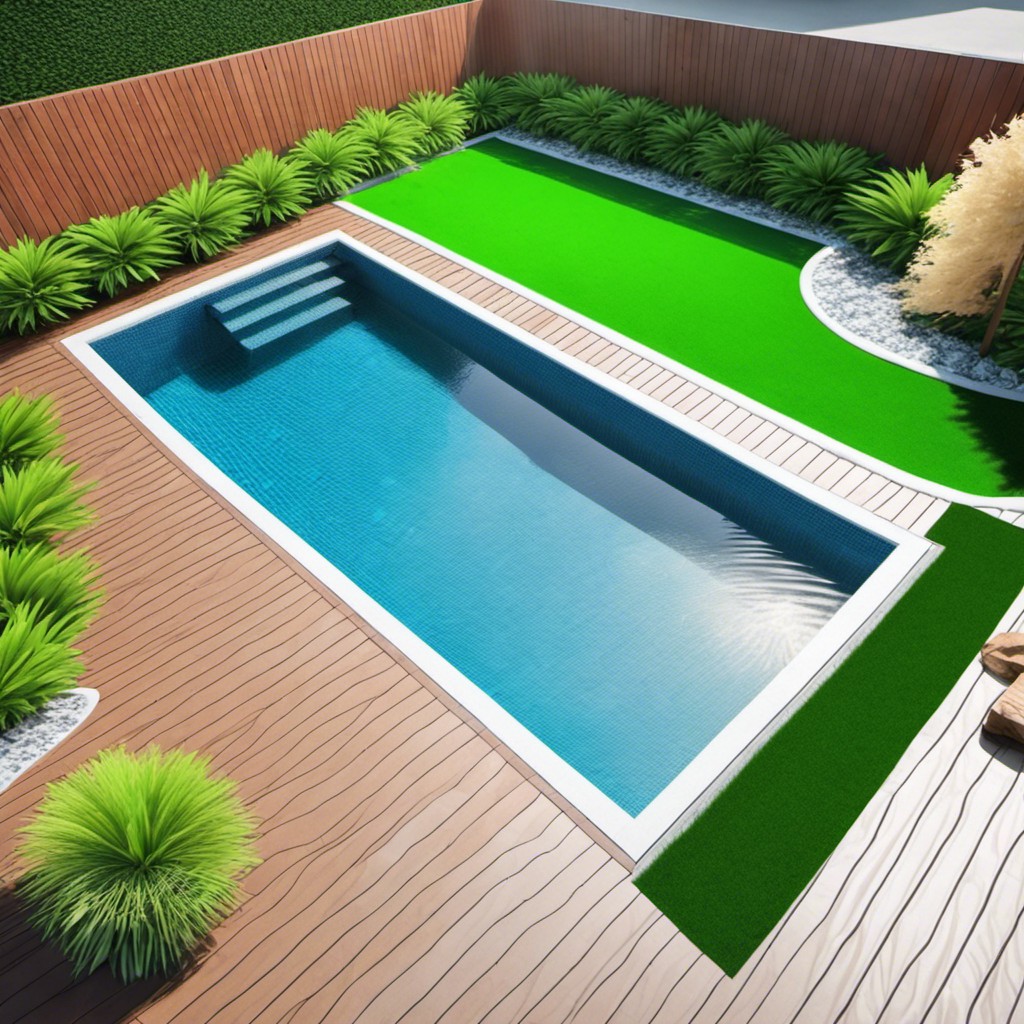
Not only does it provide excellent drainage and prevent weeds from growing under your pool, but it also feels soft and comfortable underfoot. Plus, with no need for mowing or watering like natural grass requires; you’ll save time and money on maintenance costs in the long run.
However, keep in mind that not all types of artificial turf are suitable for use under pools. Look for products specifically designed as “pool surrounds” or “pool decking,” which have been tested to ensure they can withstand heavy foot traffic without flattening out over time.
Substitutes For Sand Under Pool
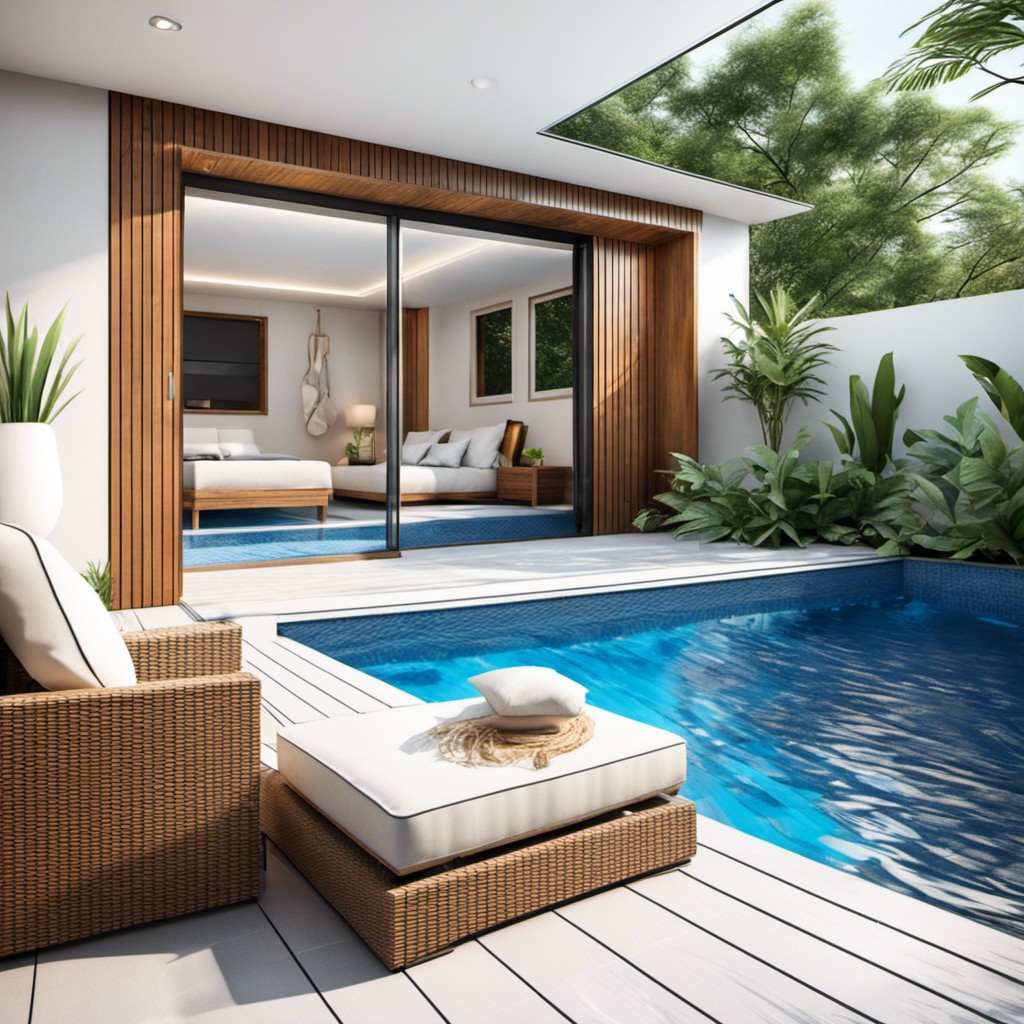
One of the most popular alternatives is crushed stone. Crushed stone provides excellent drainage and stability while also being affordable and easy to install.
Another option is pea gravel, which offers similar benefits as crushed stone but with a smoother surface that’s more comfortable to walk on. Concrete slabs or pads are another alternative that can provide a solid base for your pool while also being durable and long-lasting.
For those who want something more decorative, paver stones offer an attractive option that can be customized to match any backyard design scheme. Interlocking foam tiles or EVA foam tiles provide cushioning underfoot while still providing adequate support for the pool structure.
Rubber pavers offer slip-resistant properties making them ideal around pools where water may cause slippery surfaces; they come in various colors too! Gorilla Pads are made from high-density closed-cell foam which helps protect against punctures caused by rocks or roots underneath the liner.
Foam Pool Base is another great alternative if you’re looking for something soft yet supportive; it’s perfect if you have kids who like playing in the shallow end of your swimming pool!.
Lawn Protection Pads help prevent grass damage when installing above ground pools on lawns – they act as barriers between soil/grass & bottom rails/legs/frame parts of above-ground pools preventing rust/corrosion due to moisture exposure over time.
There are many substitutes available instead of using sand under your swimming pool foundation- each with its unique advantages depending on what suits best according to individual preferences!.
FAQ
What can I put under my pool besides sand?
You can put a concrete slab, pre-cut pool pad, foam, or carpet under your pool besides sand.
Is it necessary to put sand under a pool?
Yes, it is necessary to put sand under a pool, specifically using the recommended type, such as moulding sand, for a stable and proper base.
What is an alternative to sand base?
Alternative to sand base: Quarry dust, a byproduct of crushed rock mining, can be used as a substitute for sand in concrete and construction projects.
Why not sand under above ground pool?
Sand is not recommended under an above ground pool because it creates an uneven floor that is difficult to vacuum and uncomfortable to walk on, due to its softness and lack of clay.
What are the benefits of using foam padding instead of sand under a pool?
Foam padding provides better cushioning, protection, and comfort than sand under a pool while also preventing weeds and maintaining a smooth surface.
How do different materials affect the longevity and stability of an above ground pool?
Different materials impact above-ground pool longevity and stability, as more durable and resilient materials like steel and resin reduce leakage and warping risks compared to cheaper alternatives, maintaining structural integrity over time.
Can eco-friendly options be utilized as an alternative to sand under a pool?
Yes, eco-friendly options such as crushed recycled glass can be utilized as an alternative to sand under a pool.
Recap
Liked this article? Here's what you can read next:
